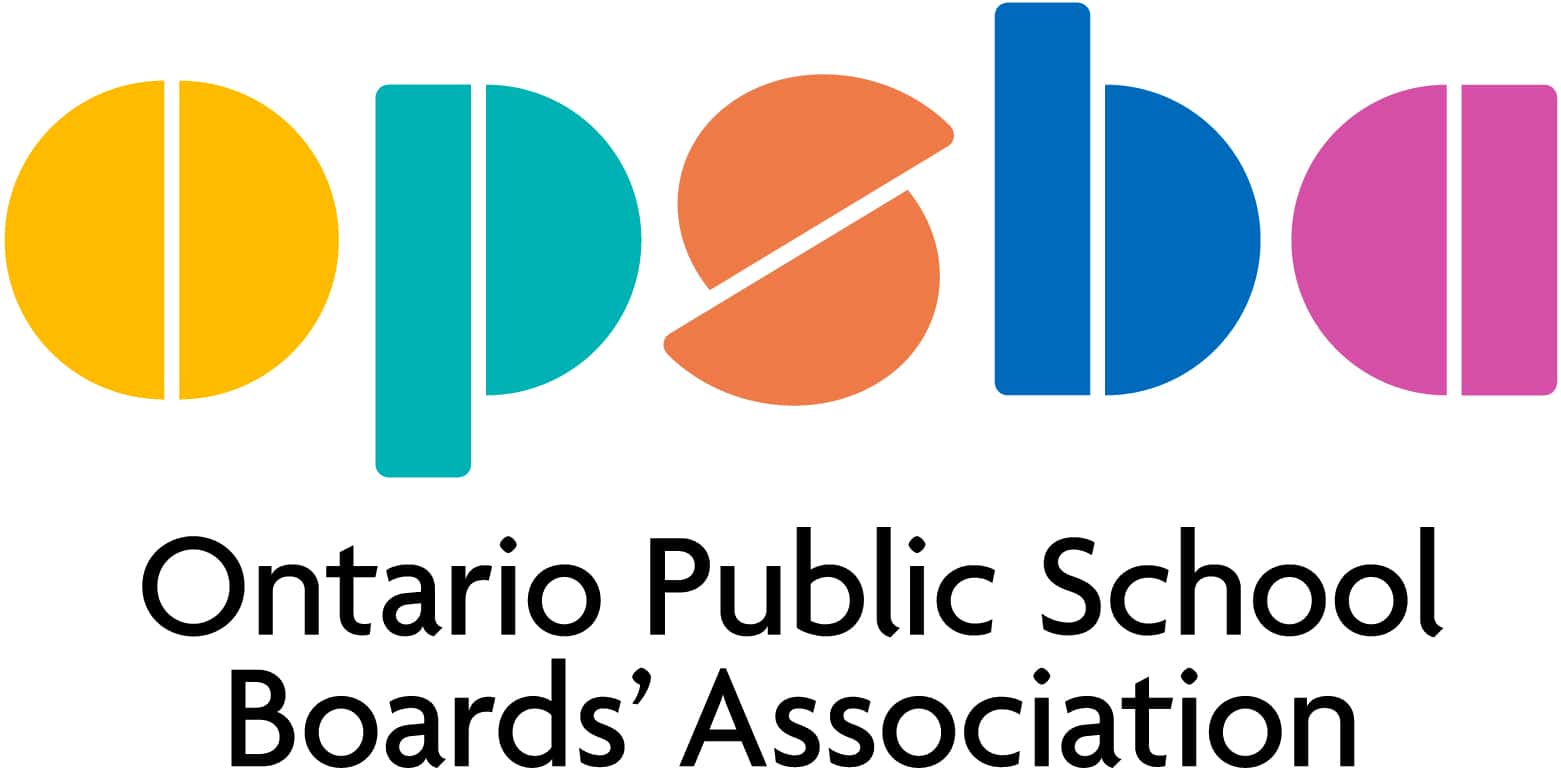 From the Stage to the Podium: Leadership in Arts Education
From the Stage to the Podium: Leadership in Arts Education
Carolyn Mahr
I credit everything I do and have been able to do to my roots in theatre. Growing up, I struggled to find an outlet that I was passionate about; my parents are accomplished athletes and my siblings both practiced competitively in several sports. I was known to strike up a conversation with my coaches in order to talk my way out of participating. My parents were faced with the challenge of finding an outlet to channel my enthusiastic energy and love for public speaking, as I was too much of a chatterbox for sports. Hence, they enrolled me in a community theatre program.
I dove head-first into the discipline of the dramatic arts, excelling particularly at improvisation and monologues. However, drama challenged me to develop alternative dexterities, specifically when involved in exercises that required listening to others. As a result, I developed patience, strong interpersonal skills and enhanced my emotional intelligence, to which I attribute my personal success as a leader.
The negative stigma associated with today’s youth is that they are considered socially awkward and non-gregarious individuals. With such a societal focus on devices and the Science, Technology, Engineering, and Mathematics (STEM), it should be no surprise that some students are lacking the ability to build meaningful relationships with their peers beyond their screens. This issue begs the question: Is arts education still relevant? The answer is unequivocally, yes. In fact, arts education is crucial in an increasingly STEM-based society. Studying such disciplines cultivates creative and original thinking, which must be nurtured from a young age in order to allow it to grow and become an integral part of cognitive and social development. This artistic component comes into play when we are challenged to develop new and adaptable concepts applicable to evolving scenarios. Although STEM plays an important role in the development of society, its benefits cannot be truly realized without influence from the arts. The stimulation imposed by creativity is one of the most important forms of education one can receive and must coexist with STEM in order to optimize success. Consequently, we must move away from the idea of STEM and transition into STEAM, adding the arts as a discipline.
Creative thinking stimulates curiosity and is the groundwork for significant achievement and performance in all specialties, ranging from physical recreation to mathematics. The benefits of arts education support the cognitive development of the brain, and it may be the key to improving academic performance for many students. In fact, according to a 2006
Ministry of Culture study on arts education in Ontario, when enrolled in a community arts program, students’ math scores went up 49 per cent over five years. This is a testament to the importance of such an education for young students, as it provides multi-faceted opportunities for student success.
Additionally, a
study done by the Elementary Teachers Federation of Ontario on cognitive development for students participating in artistic programs debunks the myth of children being born as masters of abilities. The reality is people are not born with strengths for specific aptitudes or skills. This means that Mozart was not born a revolutionary, Leonardo Da Vinci was not born an artist – experts are not born experts. In order to master a skill, aptitudes must be nurtured from a young age and practiced regularly in order for individuals to fully realize their benefits.
This is where schools come into play. Moreover, arts education can greatly support the development of the Global Competencies, one of the ministry’s missions in order to support
21st Century Learning. Aptitudes such as critical thinking, collaboration, communication and self-directed learning can be fostered in the classroom. Instilling such practices in our institutions encourages young learners to explore the possibilities of being experts in a creative field. In turn, students become active citizens of both their local and global communities.
Now, more than ever, arts education is needed in the lives of Ontario learners to counteract the wave of anti-social individuals. The Washington Post
shared a list of 10 skills that children learn from the arts, highlighting the many challenges the arts poses on young minds. The article exhibits important characteristics young leaders must embody in order to be successful in their daily lives. One of the most important being thinking on one’s feet and problem-solving when improvising a scene or figuring out the best way to create a sculpture. This challenges a child’s understanding and reasoning, helping them solve problems in effective and efficient ways. Furthermore, children are required to receive feedback from their peers following artistic displays or performances.
This allows them to interpret constructive criticism and build upon their personal capabilities in order to continually improve on creating their own masterpieces.
Despite its benefits, arts education appears to be undervalued. The years between Grades 1 and 8 are some of the most formative years in terms of a student’s dictation of their personal capabilities. They deserve to have the opportunity to experiment with the various artistic domains present. Shrinking budgets are negatively impacting the ability of schools to provide the necessary resources to offer meaningful arts programs, preventing students from being able to explore their artistic interests in a safe and reassuring environment.
The goal of education is to produce critical thinkers, resilient learners and empathetic contributors to society. Excluding such a crucial element to one’s personal development could be detrimental to their own success. Including arts education does not necessarily require students to become the next Picasso, but gives the imperative foundational grounding to how they may look at the world. It influences their ability to learn and understand.
Looking back, I am beyond grateful my parents decided to enroll me in that theatre class. Including arts as a part of my education has helped me flourish into a confident young woman who, no matter the circumstance, is always ready to take center stage.
Carolyn Mahr is a student trustee from the Peel District School Board and Vice President of the Public Board Council for the Ontario Student Trustees’ Association/l’Association des élèves conseillers et conseillères de l’Ontario (OSTA-AECO).
| Previous Article | Next Article |

 From the Stage to the Podium: Leadership in Arts Education
From the Stage to the Podium: Leadership in Arts Education